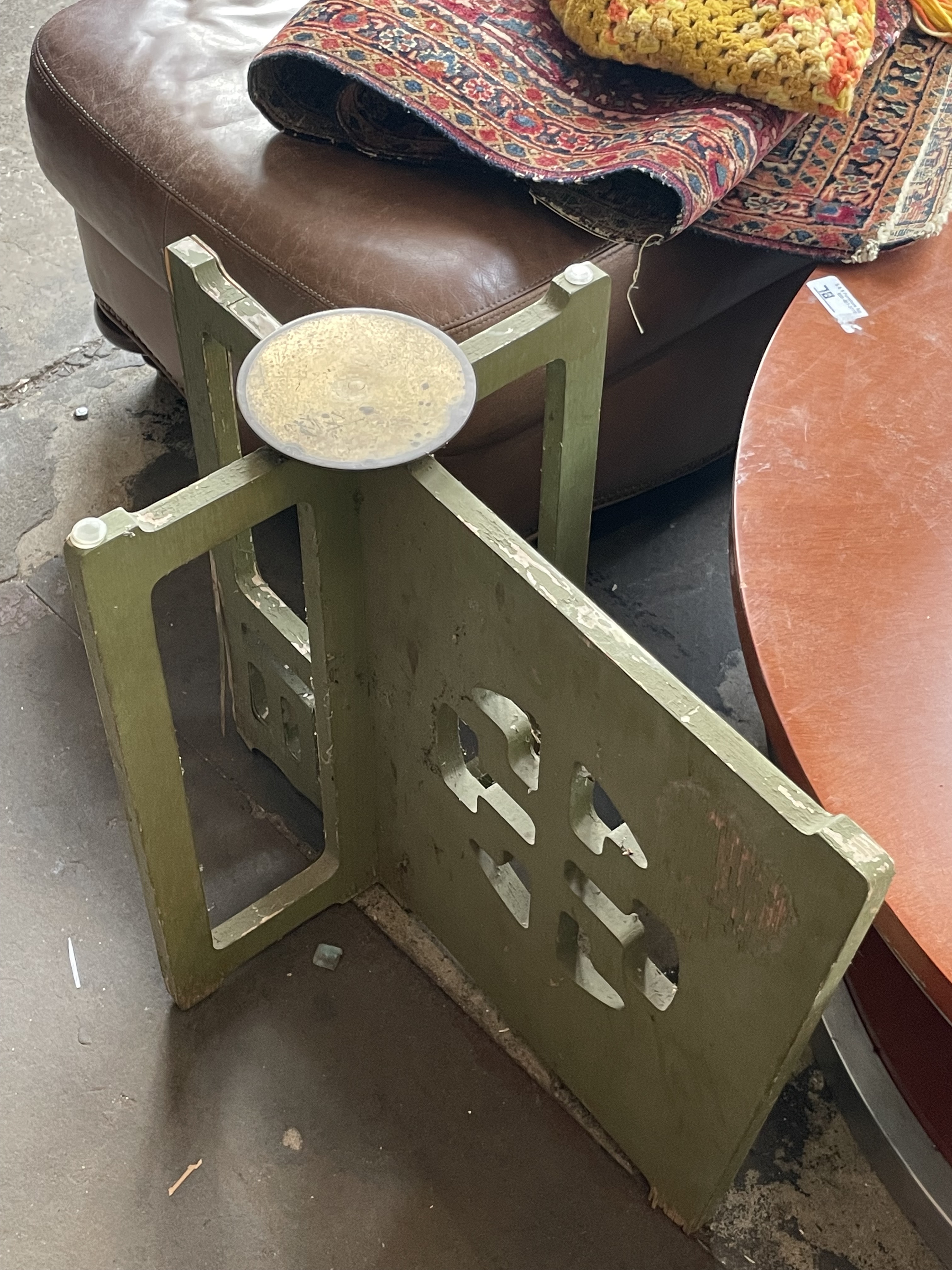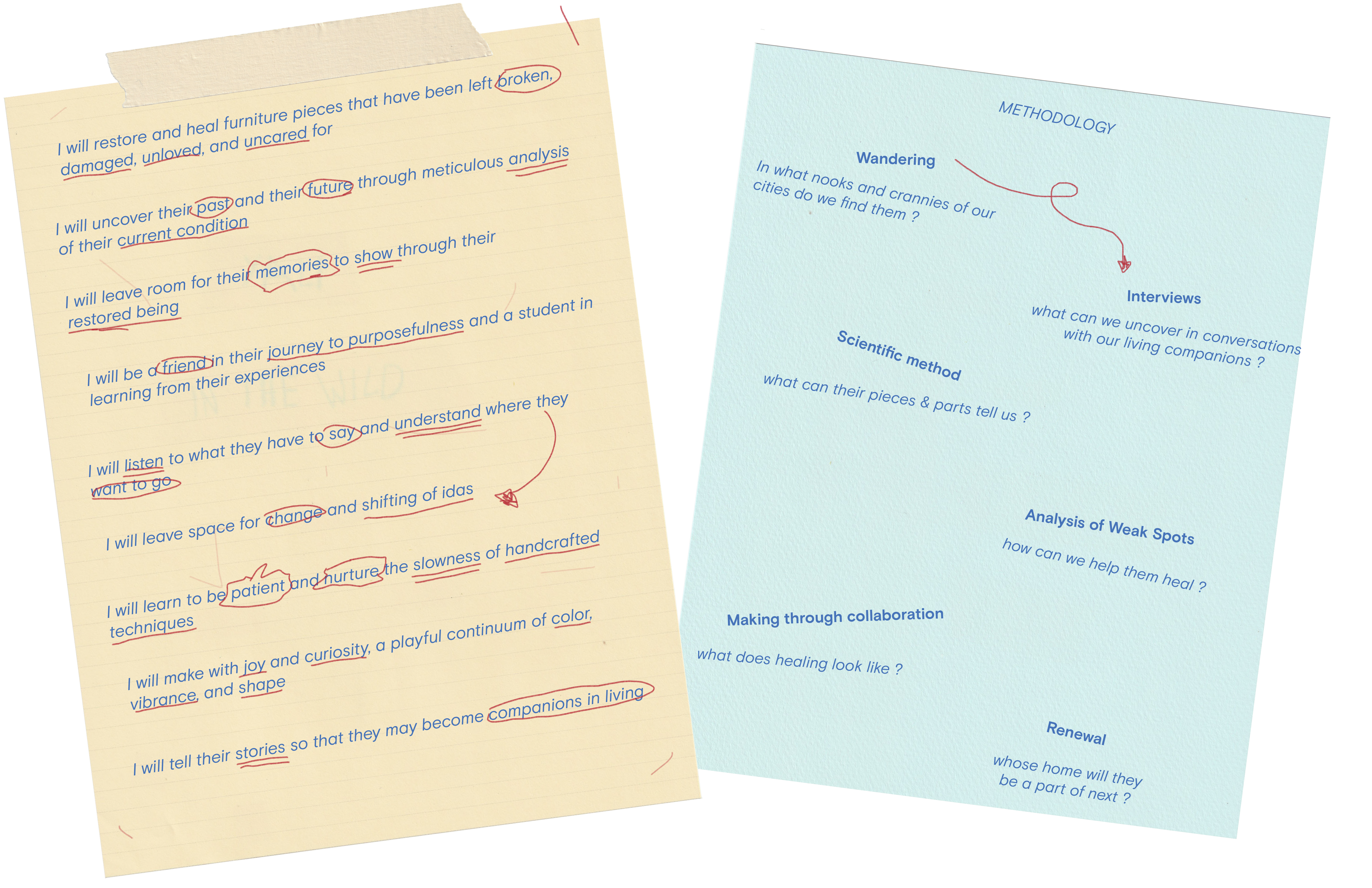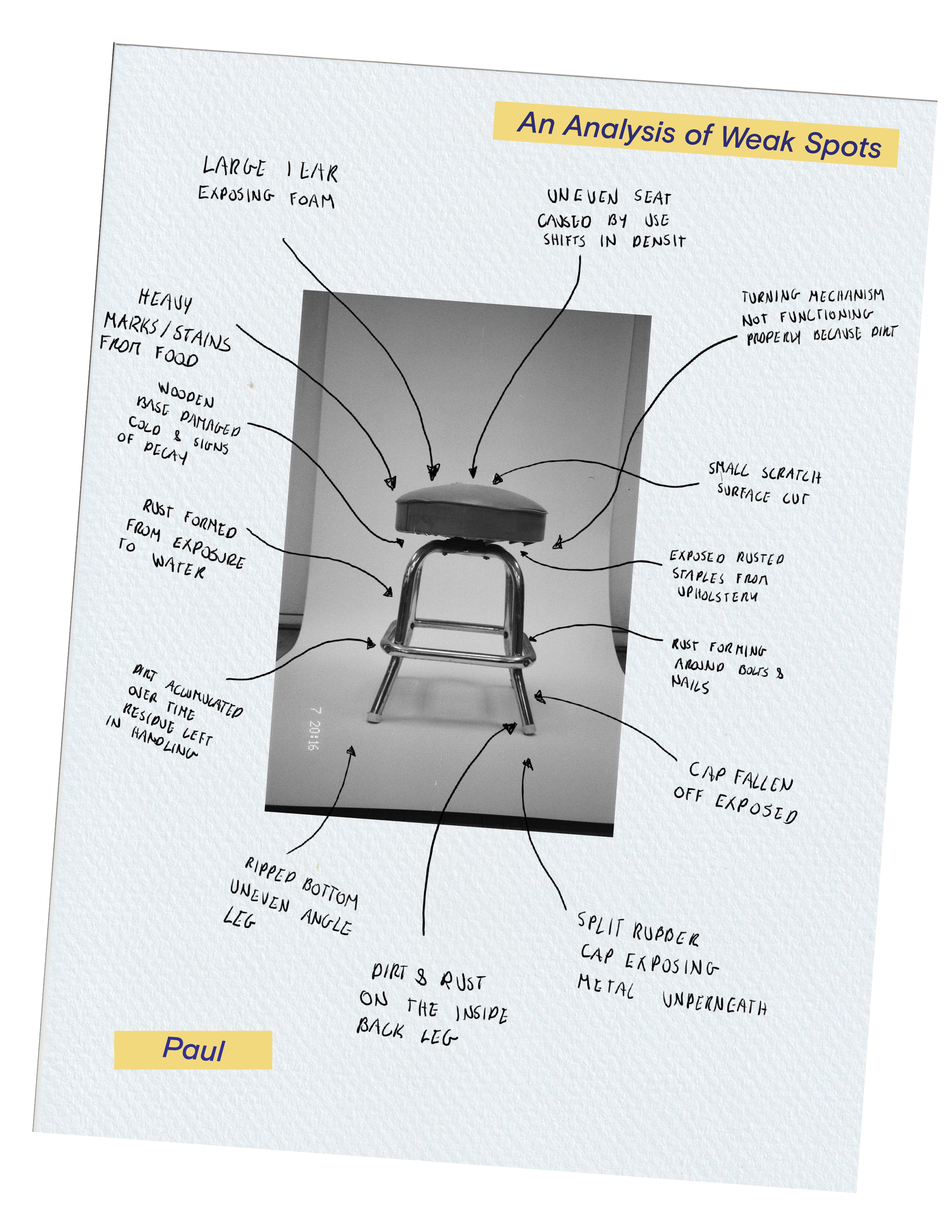
HEALING : CONVERSATIONS BETWEEN FRIENDS
award-winning thesis project, sustainability, physical/tactile product strategy & design, empathy-driven
I 2023
Awards
Bachelor of Fine Arts in Product Design
Sustainable Vision award, Parsons School of Design
An investigation into design through healing a reimagined process where design may be cultivated in designing to re (new) instead of designing anew.
Utilising storytelling and anthropomorphism to tap into human emotions in hopes of redefining our relationship with our constructed environment so that we may care for our objects beyond treating them as mere commodities.
What would our world look like if we treated our partners in living as companions instead of disposable objects? Could treating objects as long-term companions change the way we value durability and craftsmanship in design?
Utilising storytelling and anthropomorphism to tap into human emotions in hopes of redefining our relationship with our constructed environment so that we may care for our objects beyond treating them as mere commodities.
What would our world look like if we treated our partners in living as companions instead of disposable objects? Could treating objects as long-term companions change the way we value durability and craftsmanship in design?
Role
Concept Development
Creative Direction
Storyteller
Designer
Concept Development
Creative Direction
Storyteller
Designer
THE OBJECTS
- - - - - - - -- - - - - - - - - - - - - - - - - - - - ----- - - - - - - - ------ - - - - - - - - - - - - ----------- - - -- - - - ------- --------- - - - -- - -- - - -- -- - - - -- - -- - - - - - - -Healing to restore purpose
Healing from the Environment
Healing to be part of a Home Again






DESIGN METHODOLOGY
- - - - - - - -- - - - - - - - - - - - - - - - - - - - ----- - - - - - - - ------ - - - - - - - - - - - - ----------- - - -- - - - ------- --------- - - - -- - -- - - -- -- - - - -- - -- - - - - - - -A MANIFESTO : DESIGN THROUGH HEALING
A guide for design cultivated in creating more meaningful relationships with the objects that exist in our constructed environment.
How might collaborating with discarded furniture pieces lead to more meaningful and respectful relationships with our companions in living? Might we care more for our objects?
How might collaborating with discarded furniture pieces lead to more meaningful and respectful relationships with our companions in living? Might we care more for our objects?

HEALING FROM THE ENVIRONMENT
- - - - - - - -- - - - - - - - - - - - - - - - - - - - ----- - - - - - - - ------ - - - - - - - - - - - - ----------- - - -- - - - ------- --------- - - - -- - -- - - -- -- - - - -- - -- - - - - - - -I found Paul on one of the rainiest and gloomiest days of the year in February; his pvc cover was drenched in water, his joints were weak, and his insides were starting to mold from the exposure to the harsh weather conditions.
To give him back his warmth, I hand-knit him a sweater.
To give him back his warmth, I hand-knit him a sweater.
The Scientific Method : What stories can we learn from the tears and rusty screws in the parts of our companions in living?









Making through collaboration

HEALING TO RESTORE PURPOSE
- - - - - - - -- - - - - - - - - - - - - - - - - - - - ----- - - - - - - - ------ - - - - - - - - - - - - ----------- - - -- - - - ------- --------- - - - -- - -- - - -- -- - - - -- - -- - - - - - - -Emma’s ability to sit was taken from her when her glass table top was completely shattered years ago, her green paint was worn down, and parts of her wooden veneer had fallen off and exposed her internal structure.
In her journey back to purposefulness, I created a series of table tops that afford a more careful interaction with them because of their size and shape.
In the spots her veneer had fallen, I painted them in blue, similarly to the traditional art of kintsugi, as a way of highlighting the weak spots instead of hiding them away.
In her journey back to purposefulness, I created a series of table tops that afford a more careful interaction with them because of their size and shape.
In the spots her veneer had fallen, I painted them in blue, similarly to the traditional art of kintsugi, as a way of highlighting the weak spots instead of hiding them away.
The Scientific Method





Making Through Collaboration

HEALING TO BE PART OF A HOME AGAIN
- - - - - - - -- - - - - - - - - - - - - - - - - - - - ----- - - - - - - - ------ - - - - - - - - - - - - ----------- - - -- - - - ------- --------- - - - -- - -- - - -- -- - - - -- - -- - - - - - - -Maria was left upside down in the middle of the street, she could still function, but because of years and years of heavy use, her cover was scratched, ripped, and stained by all of the memories she carries, leaving her with little trust in her ability to form a part of a home.
Using the technique I learned from the people that taught me how to build a home, I hand-knit Maria a cover using colors drawn from images of my family in the different places we’ve called home and in doing so Maria can be part of a home again.
Using the technique I learned from the people that taught me how to build a home, I hand-knit Maria a cover using colors drawn from images of my family in the different places we’ve called home and in doing so Maria can be part of a home again.
The Scientific Method





Making through Collaboration





To help Maria be part of a home again, I chose colors for the hand knit upholstery from images of the places I’ve called home ...

A special thank you to Ari Elefterin for encouraging exploration along this transformative journey
References:
Albers, Anni, Nicholas Fox Weber, Manuel Cirauqui, and T’ai Lin Smith. On weaving. Bethany, Conn: The Josef and Anni Albers Foundation, 2017.
Aspelund, Karl. The design process. New York: Fairchild Books, 2022.
Bardt, Christopher. Material and mind. Cambridge: MIT Press, 2019.
Bennett, Jane. “The Force of Things.” Essay. In Vibrant Matter, 1–19. Duke University Press, 2010.
YANAGI, SOETSU. Beauty of Everyday Things. PENGUIN Books, 2019.
Albers, Anni, Nicholas Fox Weber, Manuel Cirauqui, and T’ai Lin Smith. On weaving. Bethany, Conn: The Josef and Anni Albers Foundation, 2017.
Aspelund, Karl. The design process. New York: Fairchild Books, 2022.
Bardt, Christopher. Material and mind. Cambridge: MIT Press, 2019.
Bennett, Jane. “The Force of Things.” Essay. In Vibrant Matter, 1–19. Duke University Press, 2010.
YANAGI, SOETSU. Beauty of Everyday Things. PENGUIN Books, 2019.